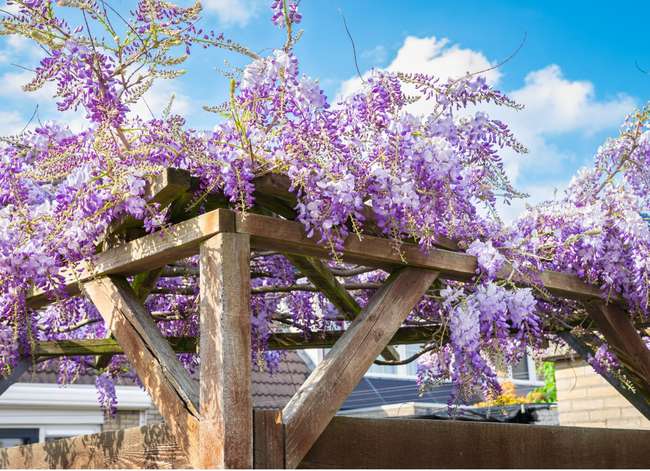

We may earn revenue from the products available on this page and participate in affiliate programs. Learn More ›
Home Advice You Can Trust
Tips, tricks & ideas for a better home and yard, delivered to your inbox daily.
Stay away from invasive vines.
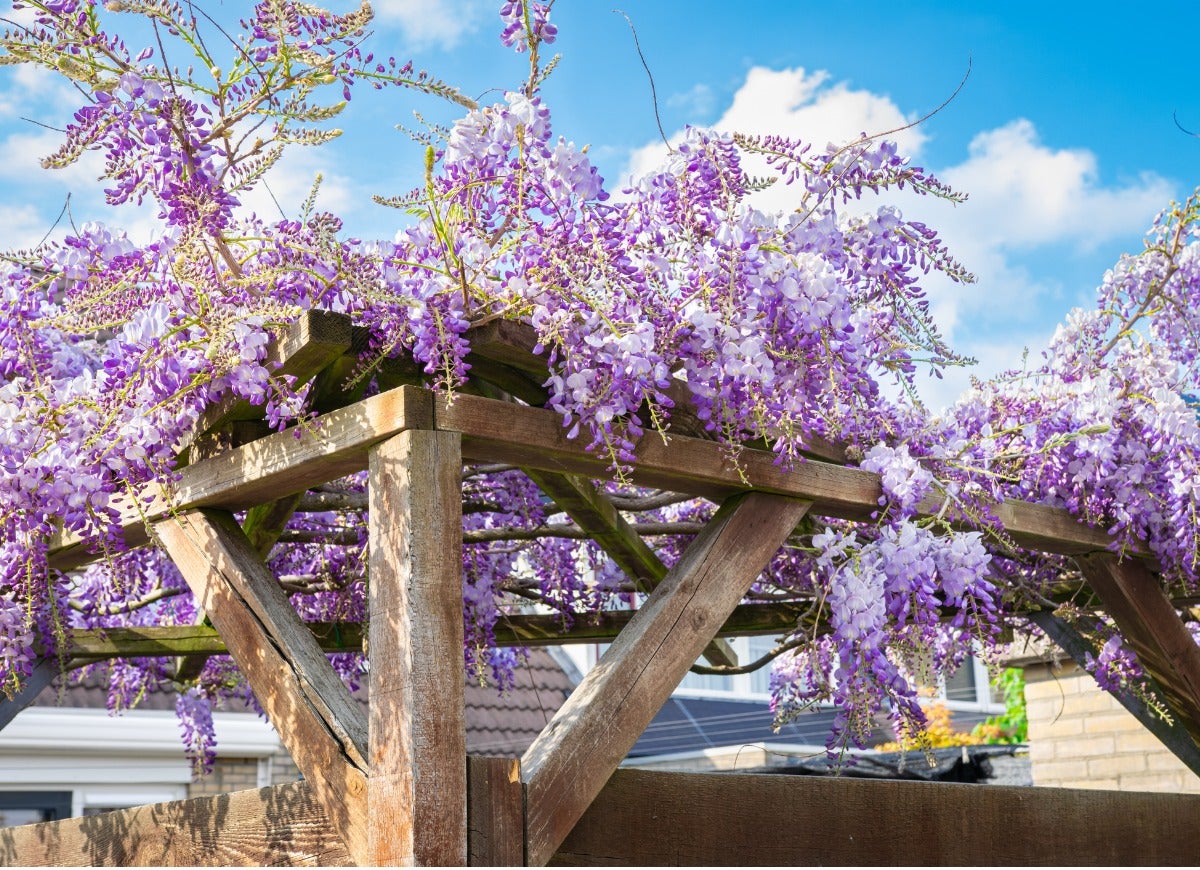
Fast-growing vines are a great way to adorn a large trellis or fence, but quick-growing plants often turn into out-of-control ones. Some vines are so invasive that they can be challenging to get rid of once they’ve taken over.
Before making a final decision on a climbing plant for an outdoor trellis or pergola, make sure the species you select isn’t going to turn into a high-maintenance nightmare. Pro tip: Check with your local extension service before planting any kind of vine. Some species are considered noninvasive in certain states but invasive in others. Here are 10 pretty climbing plants that shouldn’t grow out of control.
Clematis
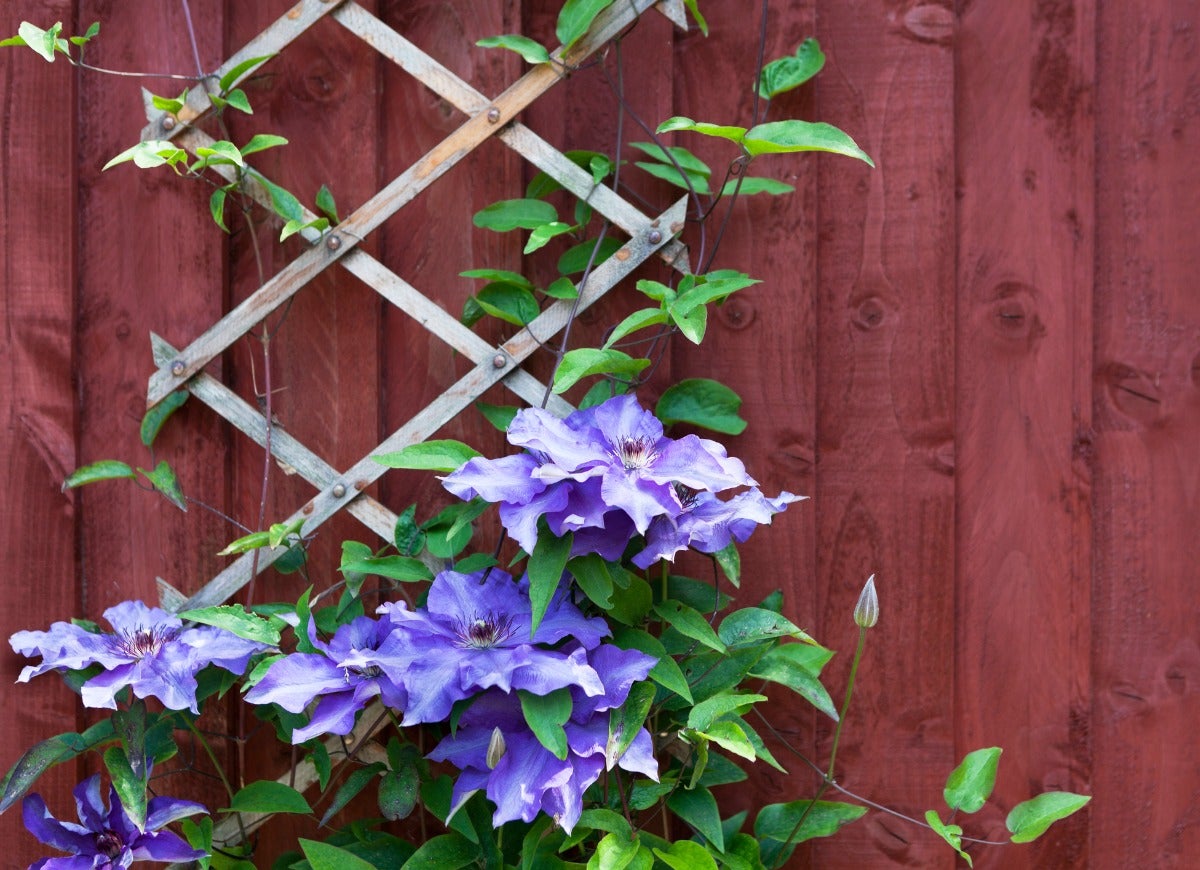
This flowering climber is a popular trellis plant because it grows quickly and easily grabs hold of surfaces with its clingy tendrils. It’s also unlikely to grow out of control. Bonus: Clematis is available in many bloom colors, so you can find an option that matches your tastes or outdoor decor. Careful, while most clematis varieties are a safe bet, steer clear of Sweet Autumn Clematis (Clematis terniflora), which grows rapidly and readily self-seeds. Keep clematis in full sun for the most vibrant blooms, but mulch the plant at the base to keep the roots cool and moist.
American Wisteria
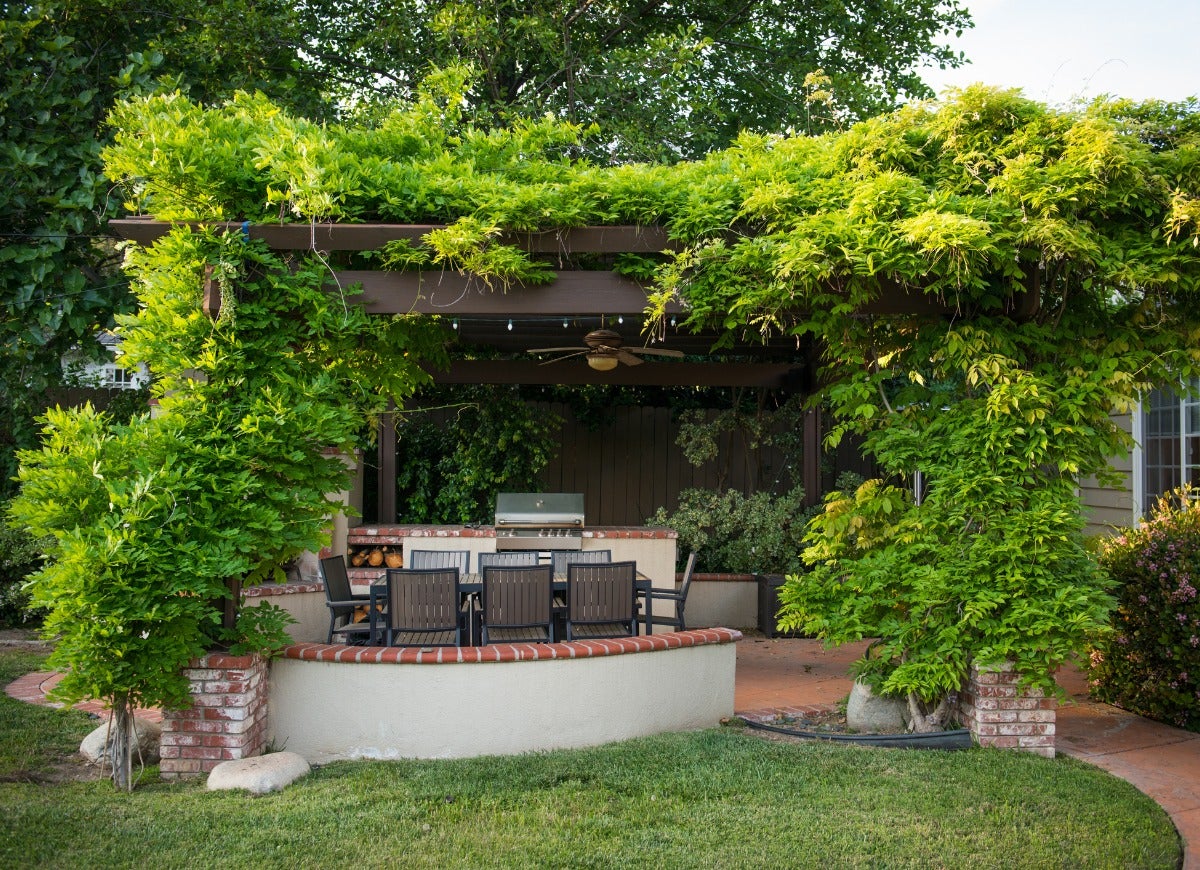
It’s best to stay away from invasive Japanese and Chinese wisteria because the vines can actually damage structures around your property. But the American wisteria (Wisteria frutescens) is a safe bet for the garden because it’s less aggressive and not prone to overgrowth. The perennial vine produces ethereal, wispy-looking blooms and needs plenty of sun and water.
Bougainvillea
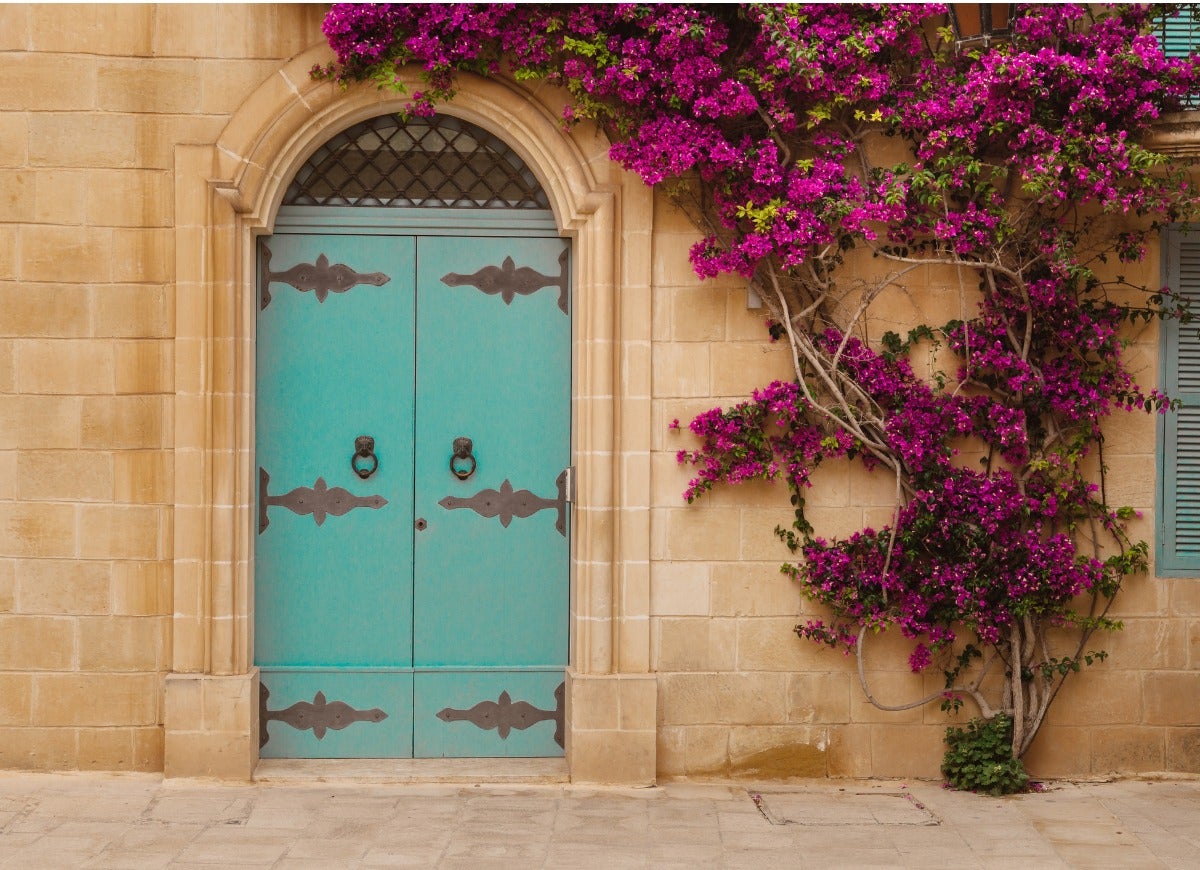
When looking for an alternative to roses, bougainvillea comes pretty close. Like roses, the sturdy plants have spiky thorns, so take care when pruning the vines. The plants can have many different colored blooms and are hardy enough to handle a fair bit of light frost. Still, bougainvillea grows outdoors year-round in the warmest zones only (9 to 11). Make sure you put it in a spot with lots of sun to get the most flowers.
Butterfly Vine
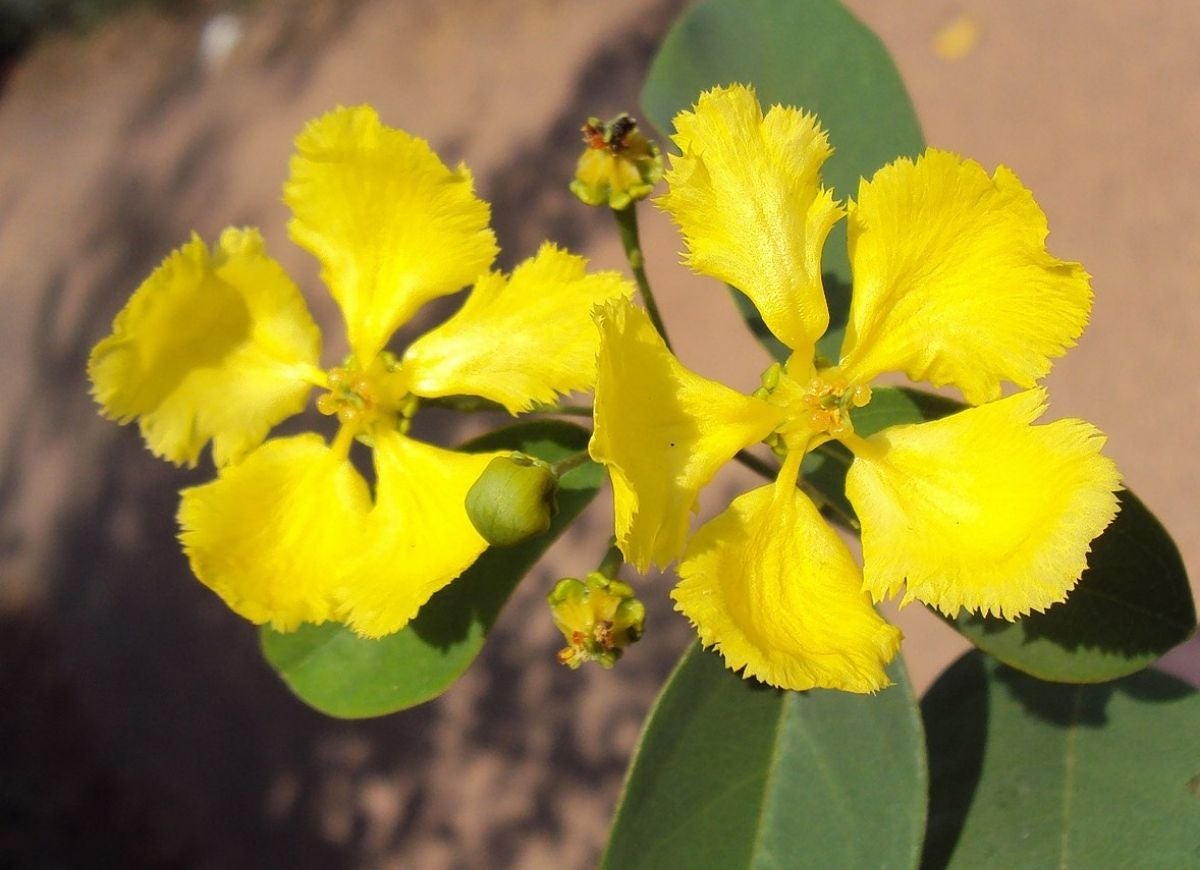
Butterfly vine (Mascagnia macroptera) is the perfect climbing plant to attract—you guessed, it—butterflies! But it’s so-named not because of its pollinator-attracting abilities, but for its butterfly-shaped seed pods. Butterfly vine grows as a perennial in warmer climates, but northern gardeners can successfully grow it as an annual. While the petite yellow flowers will be more abundant in full sun, the climbing plant also tolerates partial shade.
Honeysuckle
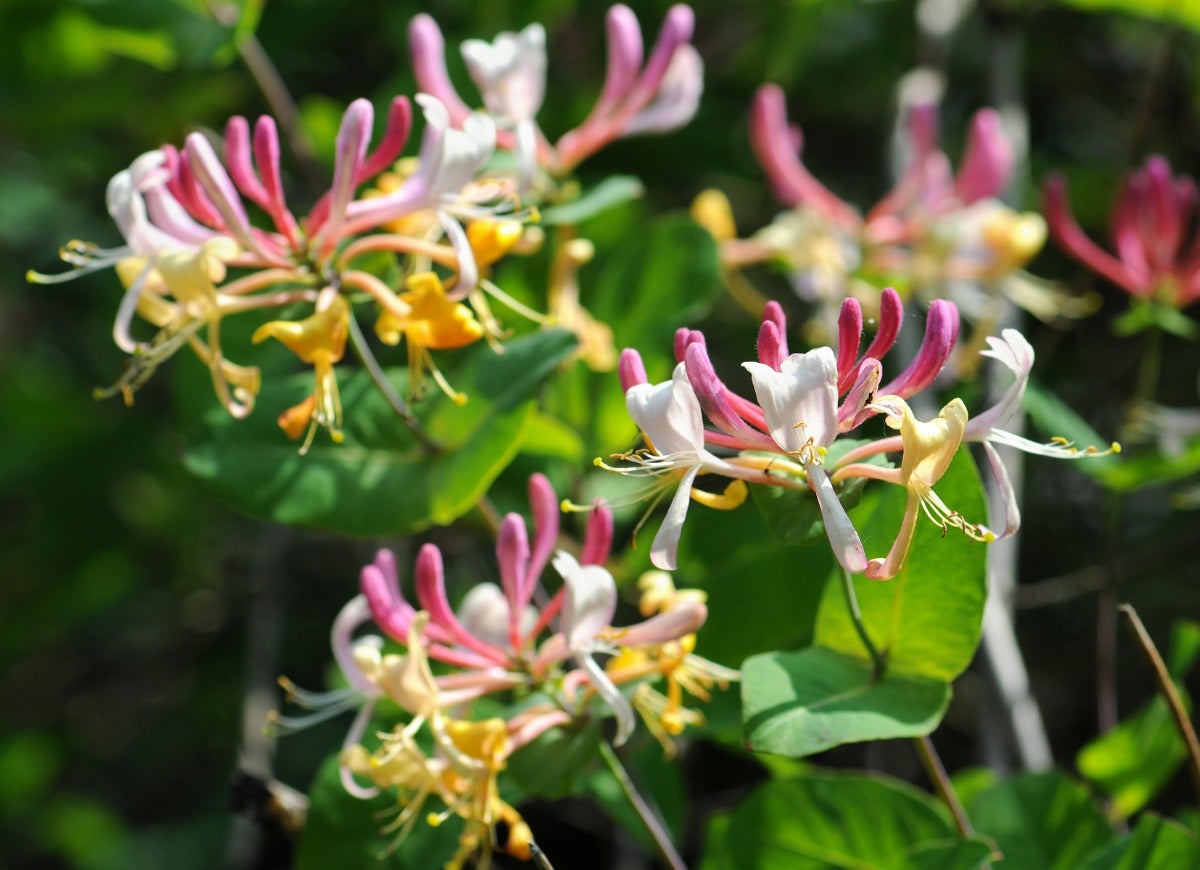
Not all varieties of honeysuckle (Lonicera) are noninvasive, but a few great choices for small trellises include coral and goldflame honeysuckle. You can grow these vining plants as perennials as far north as zone 5 and enjoy the flowers’ sweet scent in summer. Keep noninvasive honeysuckles in full sun, but don’t worry too much about soil quality, since they’ll thrive even in poor soil.
Scarlet Runner Beans
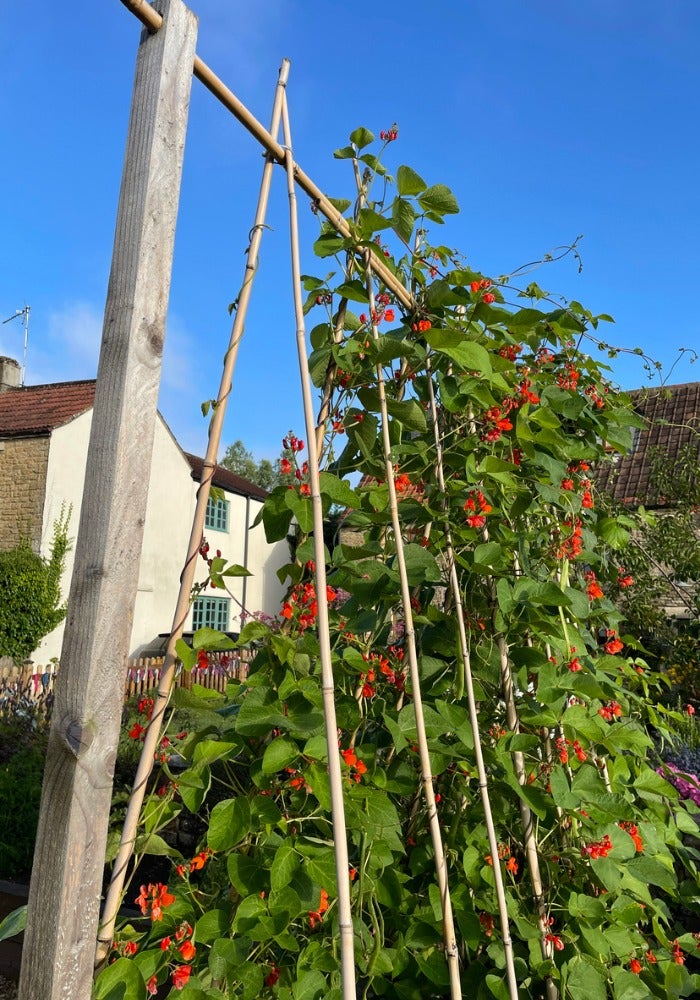
Plant these, trail them on a pretty trellis, and make a meal out of it! Scarlet runner beans (Phaseolus coccineus) produce edible pods or shell beans, and are equally valuable as ornamentals. They’re an excellent choice for compact trellises and produce fiery, red blooms. The fast-growing vines are typically grown as annuals and won’t invade your yard.
Climbing Hydrangea
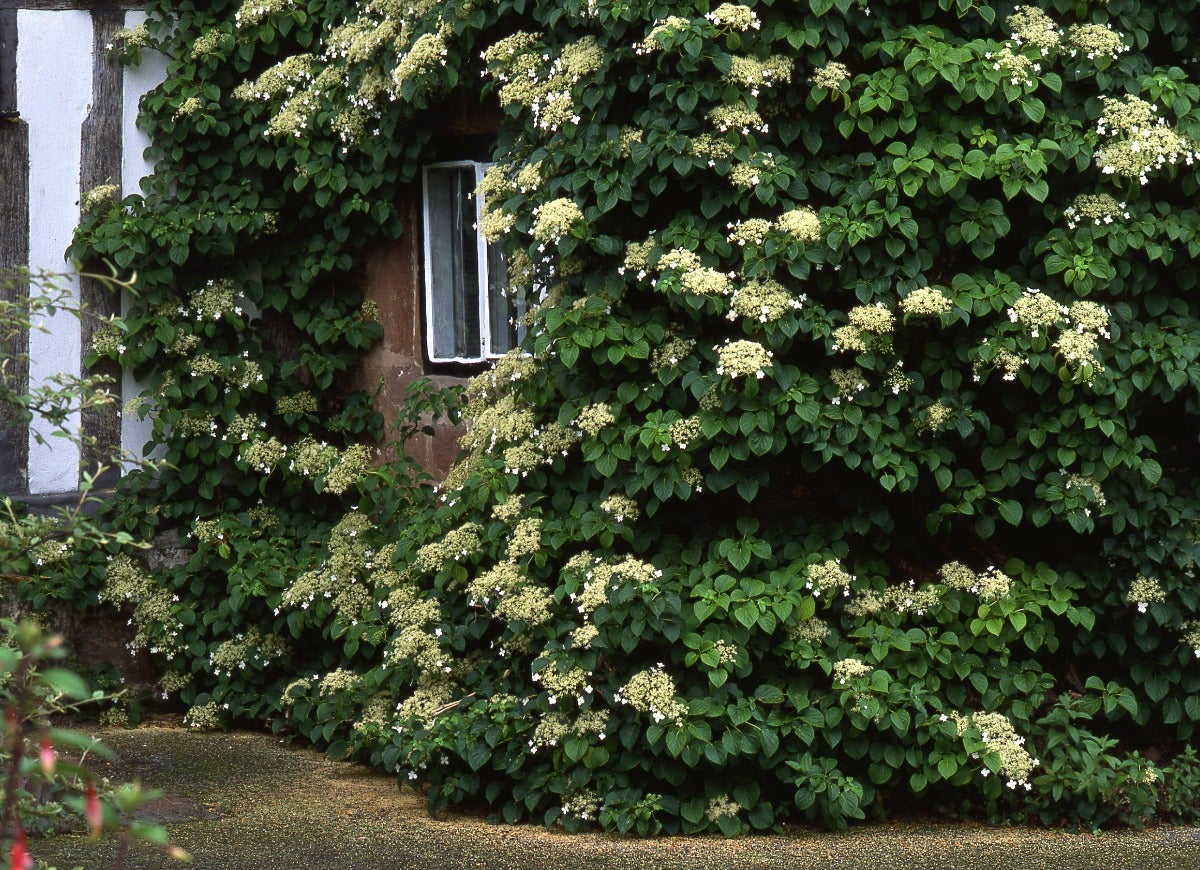
You’re probably familiar with hydrangea, but did you know there’s a climbing variety of this popular garden plant? The perennials grow slowly and take several years to establish themselves, so they’re unlikely to make a mess of the garden. Like its nonclimbing sibling, climbing hydrangea (Hydrangea anomala petiolaris) produces show-stopping puffy white blooms that attract various pollinators.
Star Jasmine
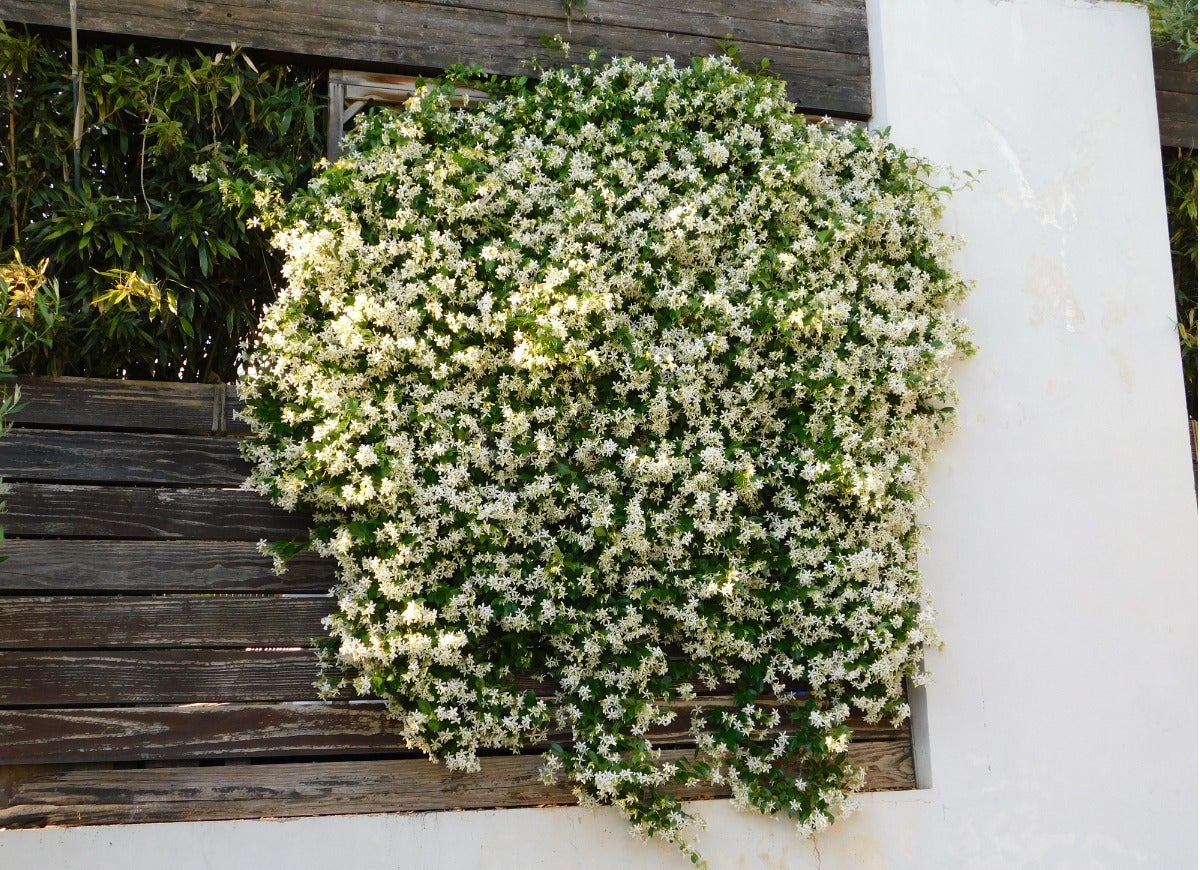
Star jasmine, or confederate jasmine, is a woody perennial that fares well in containers, making it a good choice for small-space gardens. The plant has fragrant white blooms that stand out among the jade-colored foliage and can handle a lot more shade than other flowering vines. Additionally, this jasmine (Trachelospermum jasminoides) attracts bees and is even suitable for indoor growing.
Nasturtiums

These plants don’t adhere to or damage surfaces, and many varieties have a vining growth habit. Many people grow these annuals in garden beds, but they’re also a great choice for trellising or hanging containers. However, they are very susceptible to frost damage and grow as annuals only in all but the warmest USDA zones (9 to 11). The delicate edible blooms make an impressive, attractive garnish and attract hummingbirds. Nasturtiums do best when watered consistently.
Climbing Roses
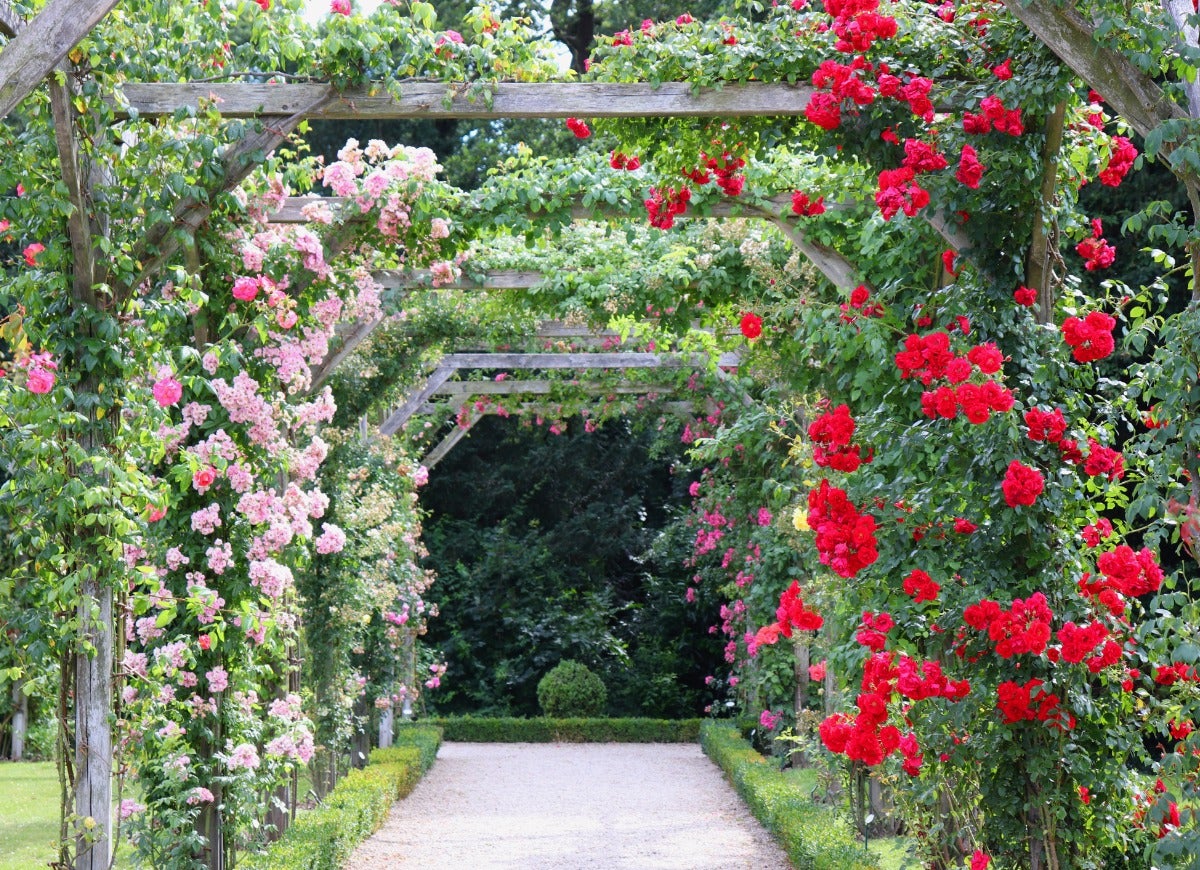
We couldn’t finish this list without including climbing roses. These classic ornamental climbers are available in a rainbow of colors. They’re also much easier to manage than most other climbing plants. Because they don’t stick to surfaces like vining plants can, climbing roses need a trellis or fence to hold on to. Look for “climbing” or “CI” before the rose name. Just watch out for the thorns when pruning!

All You Need to Care for Your Lawn & Garden
Keeping your grass green and your plants thriving doesn’t just take a green thumb—it starts with the right tools and supplies.